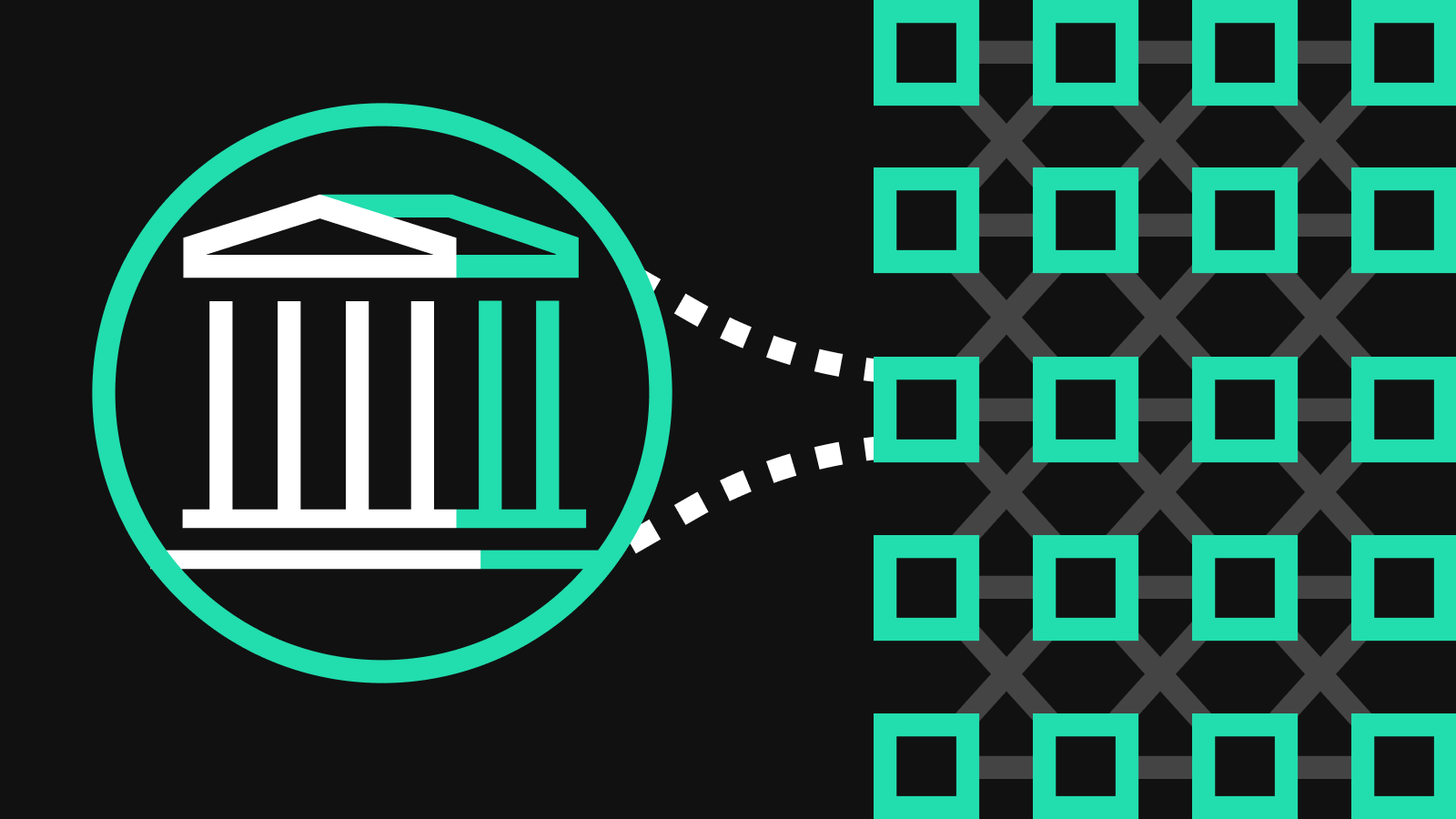Decentralized finance saw about $25.2 billion value locked as of December 2020. In the following 12 months, DeFi saw a sharp increase and registered a value of $92.3 billion. Such mind-boggling statistics are the result of the growing awareness of DeFi.
If you wonder what the buzz is around this finance stream, it has a lot to do with providing users global alternatives to cash. Swyftx decentralized finance and several other platforms offer services with learning such as savings, loans, insurance, trading, and many more. Read this beginner’s guide to DeFi to know more.
DeFi: Explained
A subcategory of the crypto world, decentralized finance offers most mainstream financial institutions’ services. However, the regulatory mechanism works quite differently from the regular banks and insurance companies. The masses regulate DeFi instead of a governing body. It started with loans but diversified into savings, insurance, and other financial services. The ultimate goal is to replace the traditional financial mammoths one day. The following components form a DeFi.
DeFi Exchanges (DEXs)
Exchanges allow transactions to occur by cutting the need for a middle-man. It would be helpful if you had a compatible wallet to use DEX services built on distinct blockchains. For example, an Ethereum DEX will allow you to trade in assets built on Ethereum like the ERC 20 tokens.
Aggregators and Wallet
Aggregators are the asset management platforms that allow customers to move funds between various yield-framing platforms to get the best returns. Wallets are where you store and trade your digital assets. They can be exchange-based or self-hosted wallets. The former means less security responsibility on you, while the latter needs you to monitor everything.
Decentralized Marketplaces
Marketplaces allow users to interact with each other without an intermediary. You can exchange assets or make payments without having a regulator breathing down your neck. You can also find an oracle that allows you to predict the outcome of any event and be rewarded.
Layer One
The blockchain on which the DEX sits is called layer one. Ethereum is a primary layer one provider, but there are many others like Polkadot, Tezos, and Binance Smart Chain. With more blockchains entering into the DEX marketplace, prices and fees could be competitive, giving their users an advantage.
Banks Vs. DeFi
Traditional financial institutions need you to disclose your personal details, while DeFi does not. Those without an account cannot access these services in a formal setting, whereas anyone can use the services of a DeFi. Decentralized finance transactions are primarily done in real-time, while banks take a few days to process a few trades. On top of all these benefits, the DeFi takes the cake by being available 24/7/365, while traditional institutions have limited operating hours.
Since the launch of bitcoin in 2009, there’s been a boom in demand for decentralized finance as more people prefer to do away with the third party. Swyftx decentralized finance provides much more information on the DeFi markets and how they work. While the governments may try to regulate this sector, with the acceptance it is receiving worldwide, it is here it stays.

